Introduction to the 991 Thrust Transmitter In the world of industrial machinery, precision and reliability are paramount. The 991-06-70-02-01 991 Thrust Transmitter plays a crucial role in ensuring these qualities are maintained, particularly in the operation of centrifugal air compressors, small pumps, motors, and fans. Designed primarily for original equipment manufacturers (OEMs), this device provides a simple yet effective solution for monitoring the axial displacement (thrust) of machinery components. Key Features of the 991 Thrust Transmitter The 991 Thrust Transmitter is more than just a signal generator—it’s an integrated solution that offers significant advantages in terms of performance and ease of use. The device uses a 2-wire, loop-powered system and accepts input from the 3300 NSv* proximity probe. Here are some of the key features that make the 991 Thrust Transmitter a standout choice: Integrated Proximitor Sensor: The transmitter features an integrated proximitor sensor, eliminating the need for an external unit and simplifying installation. Dynamic Vibration and Gap Voltage Output: Non-isolated "PROX OUT" and "COM" terminals, along with a coaxial connector, offer a dynamic vibration and gap voltage signal output for diagnostics. Adjustable Potentiometers: The transmitter includes zero and span potentiometers for easy loop adjustment, making setup and calibration straightforward. How It Works: A Seamless Integration for Machinery Control The 991 Thrust Transmitter converts the signal received from the proximity probe into engineering units proportional to the shaft’s axial position. This is then sent as a 4 to 20 mA signal—an industry-standard for machinery control systems. With this, machinery protection logic can be applied, alerting operators to potential issues or deviations in real-time. 991-06-70-02-01 Enhanced Safety Features The 991 transmitter is equipped with several safety features to ensure reliable operation and prevent false readings: Power-up Inhibit Circuit: This feature eliminates errors caused by line voltage transients, ensuring a clean signal during startup. Not OK/Signal Defeat Circuit: This prevents high outputs or false alarms due to faulty proximity probes or loose connections, ensuring the system only reports genuine issues. These safety features are crucial in maintaining the integrity of machinery operations and protecting valuable equipment from damage. 991-06-70-02-01 Easy Installation and Durability The 991 transmitter has been designed with ease of installation in mind. Whether you choose to mount it with DIN-rail clips or bulkhead mounting screws, the process is simple and adaptable to your setup. Additionally, the transmitter is constructed with a potted design, making it resistant to high humidity and condensing environments—ideal for use in industrial settings where conditions can vary greatly. 991-06-70-02-01 Compatibility with 3300 NSv Proximity Probe One of the standout benefits ...
View More















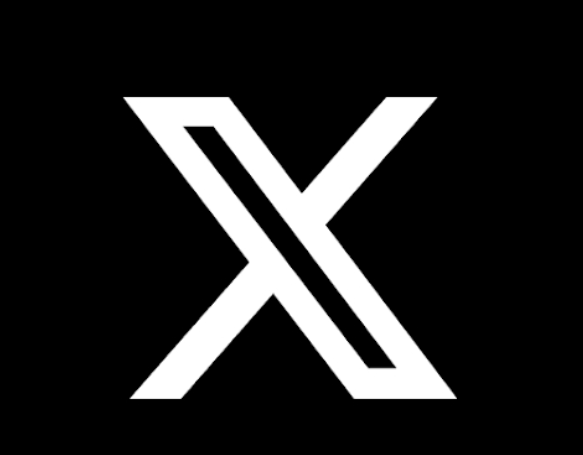

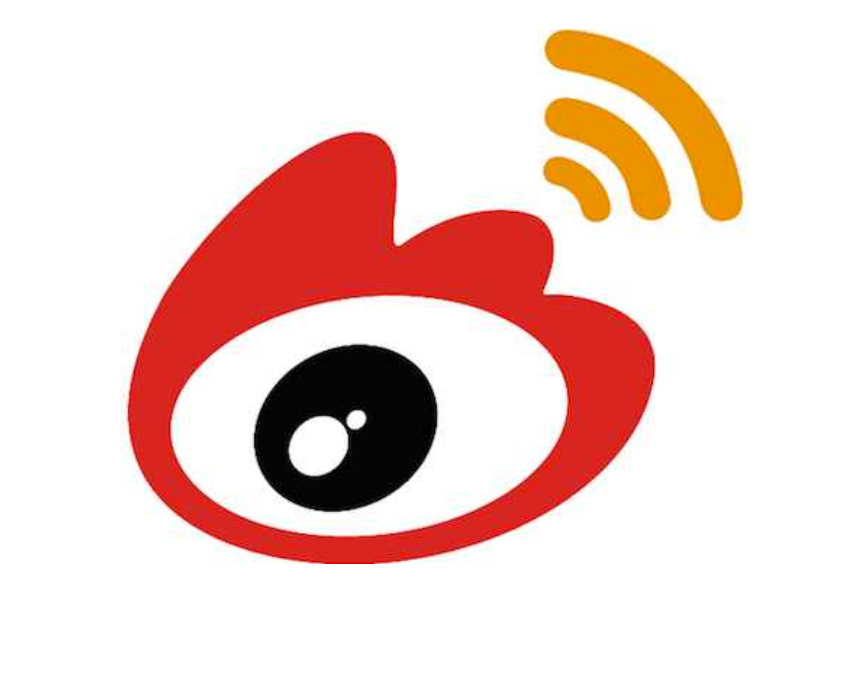


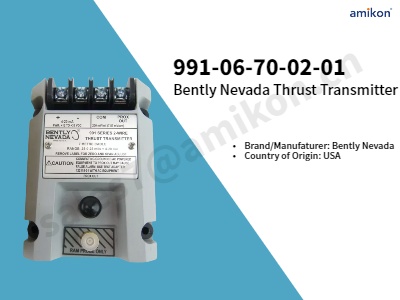
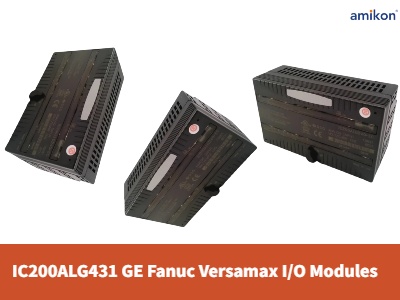
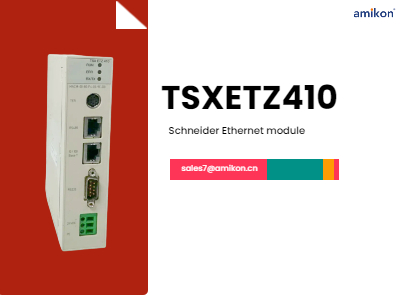
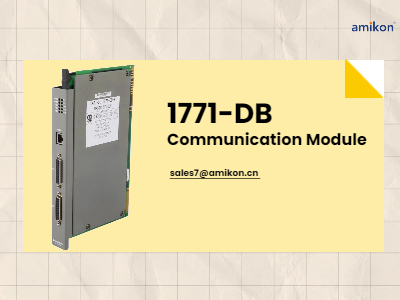



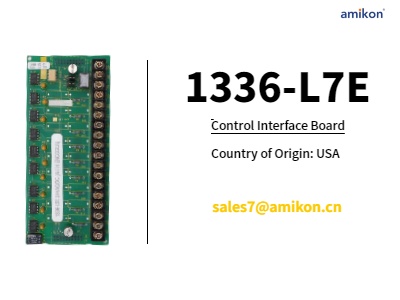
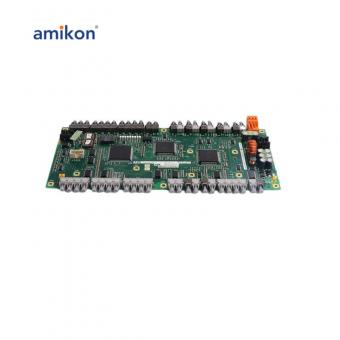

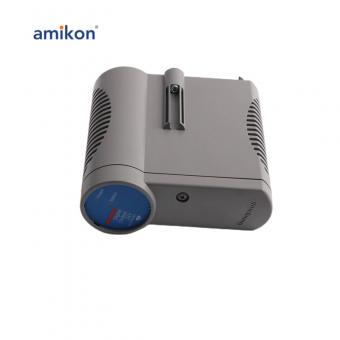
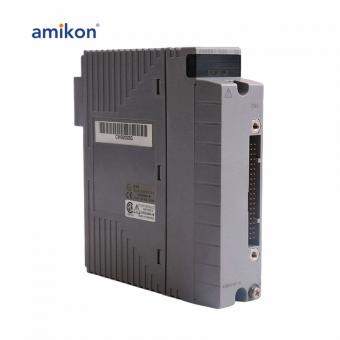
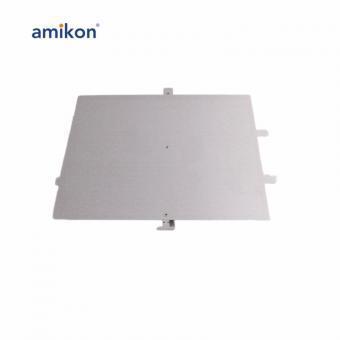






 IPv6 network supported |
IPv6 network supported | 